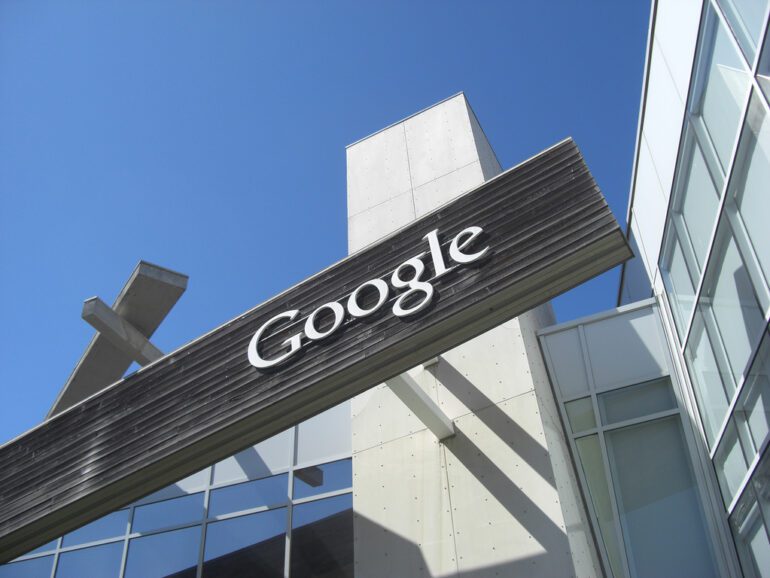- Google’s new office, the “Bay View” building, designed for innovation in generative artificial intelligence, faces persistent Wi-Fi connectivity issues.
- Despite glossy promotions highlighting cutting-edge features, employees struggle with inoperable or spotty Wi-Fi, resorting to ethernet cables and personal hotspots.
- Management attempts to address the issue with outdoor strolls and upgraded devices but faces challenges due to the building’s architecture.
- The rooftop’s wave-like design exacerbates broadband absorption, hindering seamless connectivity.
- Engineers continue their work on advanced AI software, including Gemini, amidst the connectivity challenges.
Main AI News:
Google’s latest corporate edifice, touted as the pinnacle of innovation, boasts a workforce immersed in the realms of generative artificial intelligence. Yet, amidst the grandeur of the “Bay View” building, Wi-Fi connectivity issues persist, drawing attention away from its cutting-edge features. Situated within the Alphabet unit’s Mountain View headquarters, this architectural marvel has become synonymous with unreliable internet, much to the chagrin of its occupants.
Despite the allure of recliner-laden collaborative workspaces and “Googley interiors,” employees find themselves tethered to ethernet cables for consistent connectivity, undermining the very essence of a digitally empowered workplace. While the company endeavors to mitigate the Wi-Fi woes, the reality remains stark for those tasked with advancing Google’s technological frontiers.
An AI engineer, speaking anonymously, bemoans the irony of the situation, highlighting the incongruity of an internet giant grappling with basic connectivity issues. Such sentiments echo across the campus, where whispers of frustration mingle with the relentless pursuit of innovation.
Management’s directives to seek solace outdoors or in adjacent spaces with stronger signals offer little respite for a workforce tethered to the demands of a digital era. In a bid to remedy the situation, some have been equipped with upgraded devices boasting more robust Wi-Fi capabilities, yet the underlying issues persist.
The enigmatic rooftop, characterized by its undulating waves, stands as a testament to architectural prowess but serves as a barrier to seamless connectivity, engulfing signals akin to the Bermuda Triangle. Beneath this architectural marvel, Google’s brightest minds toil relentlessly, pushing the boundaries of artificial intelligence with the deployment of Gemini, a cornerstone of the company’s future endeavors.
As queries regarding the campus’s Wi-Fi abundance surface, Gemini, in its characteristic manner, expresses cautious optimism, affirming the likelihood of connectivity within the Bay View premises. Yet, the irony remains palpable – within the confines of a tech titan’s headquarters, the quest for reliable Wi-Fi persists, a reminder of the complexities that accompany innovation in the digital age.
Conclusion:
Google’s struggle with Wi-Fi connectivity in its flagship office underscores the complexities of integrating innovation with practical infrastructure. While the company continues to push boundaries in artificial intelligence, the persistent challenges highlight the importance of robust digital infrastructure in fostering productivity and innovation within the tech market. Addressing these issues will be crucial for Google to maintain its competitive edge and uphold its reputation as a leader in technological advancement.

